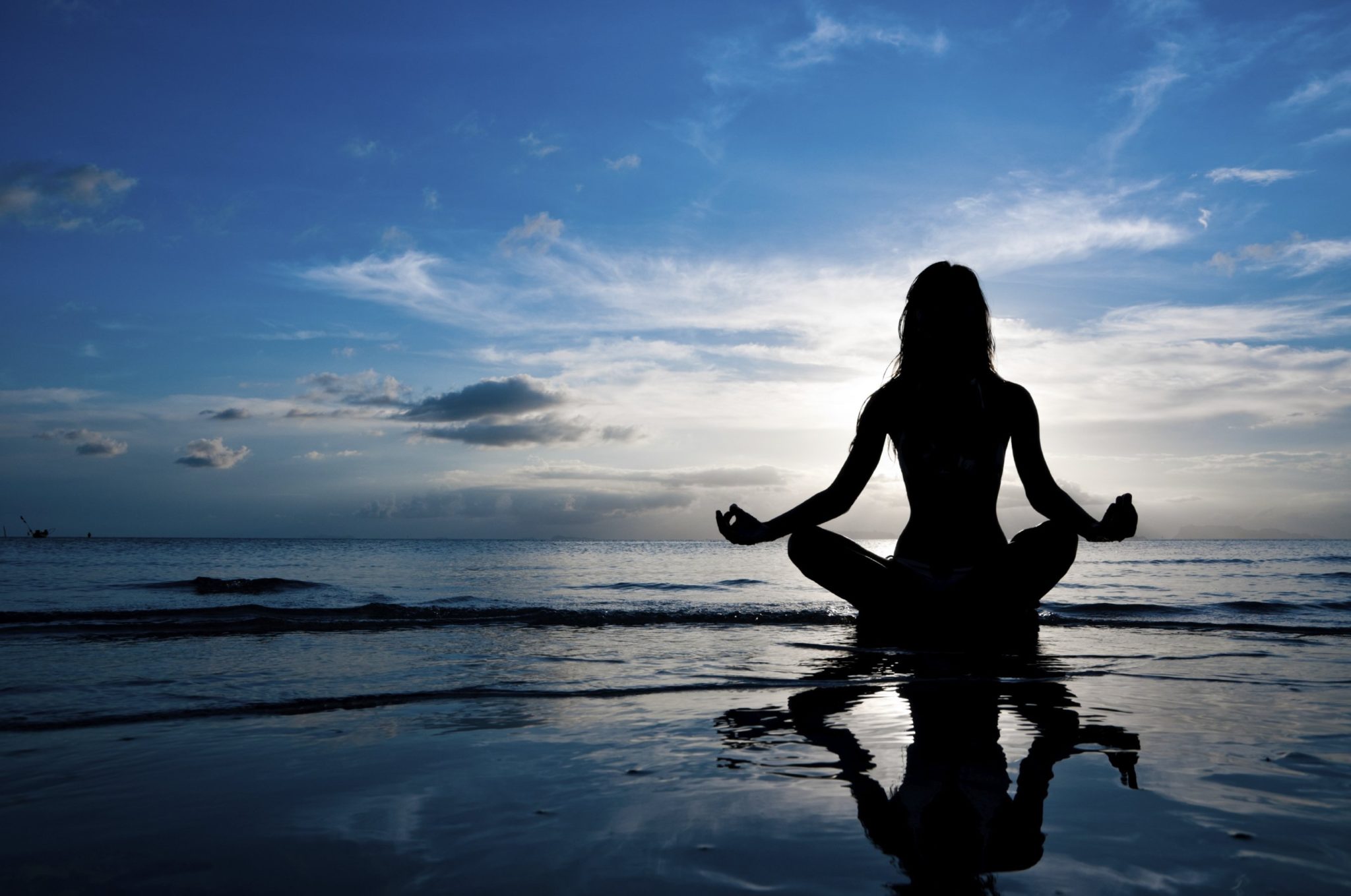It seems to us that just lie down in bed, stretch your legs, sit comfortably on the pillow – this is relaxing. In fact, it is almost impossible to come to relaxation at the snap of your fingers. Yes, most likely there will be people who know how to do this – experienced yogis with a solid experience in meditation. But a person who has not studied relaxation aimingly has a hard time. Remember: even without an appointment with a massage therapist or an osteopath, in the first minutes we feel that the body is tense and we are making efforts to relieve the feeling of stiffness in certain areas of it.
Relaxation and https://www.julianalucky.com/ needs to be learned, and this is often more difficult than mastering, for example, Chaturanga and standing in it for a minute. Why is it so?
The fact is that our body is a complex, multi-level device. In the central nervous system there are “representations” of all skeletal muscles. They receive certain signals – for example, about contraction (what we call tension). If the muscles are chronically contracted, then in the “representations” there are foci of constant excitation, which are not so easy to turn off. As if the motion sensor breaks: you seem to be sitting in a chair, and the muscles “think” that you are mobilized and ready to run somewhere.
We have areas in the body that are more prone to such jamming – chronic spasms. For example, this is the cervical-collar zone. A person is under stress for a long time, which is why he involuntarily pulls his neck into his shoulders – this position is unnatural, and therefore requires significant muscle effort to hold. This stress often results in headaches. And while a person accumulates internal depression for years, the muscles enter a state of chronic hypertonicity, which, in turn, leads to premature cell aging.
Imagine that at the same time a light bulb is on in the brain – it is turned on by an impulse from a spasmodic muscle. Until the muscle goes from contraction to relaxation, the light will stay on. But what if there are many such areas of tension throughout the body? Dozens of light bulbs are burning in my head, and all these are zones of excitation. Removing hypertonicity in the muscles, we turn off this whole garland, signaling to the brain that there is no threat, we can live in peace.
Yoga has a wide variety of mechanisms for influencing muscles, including teaching you to notice points of tension and direct your attention there. And evening yoga before bedtime can be the very guide to relaxation through muscle work.

